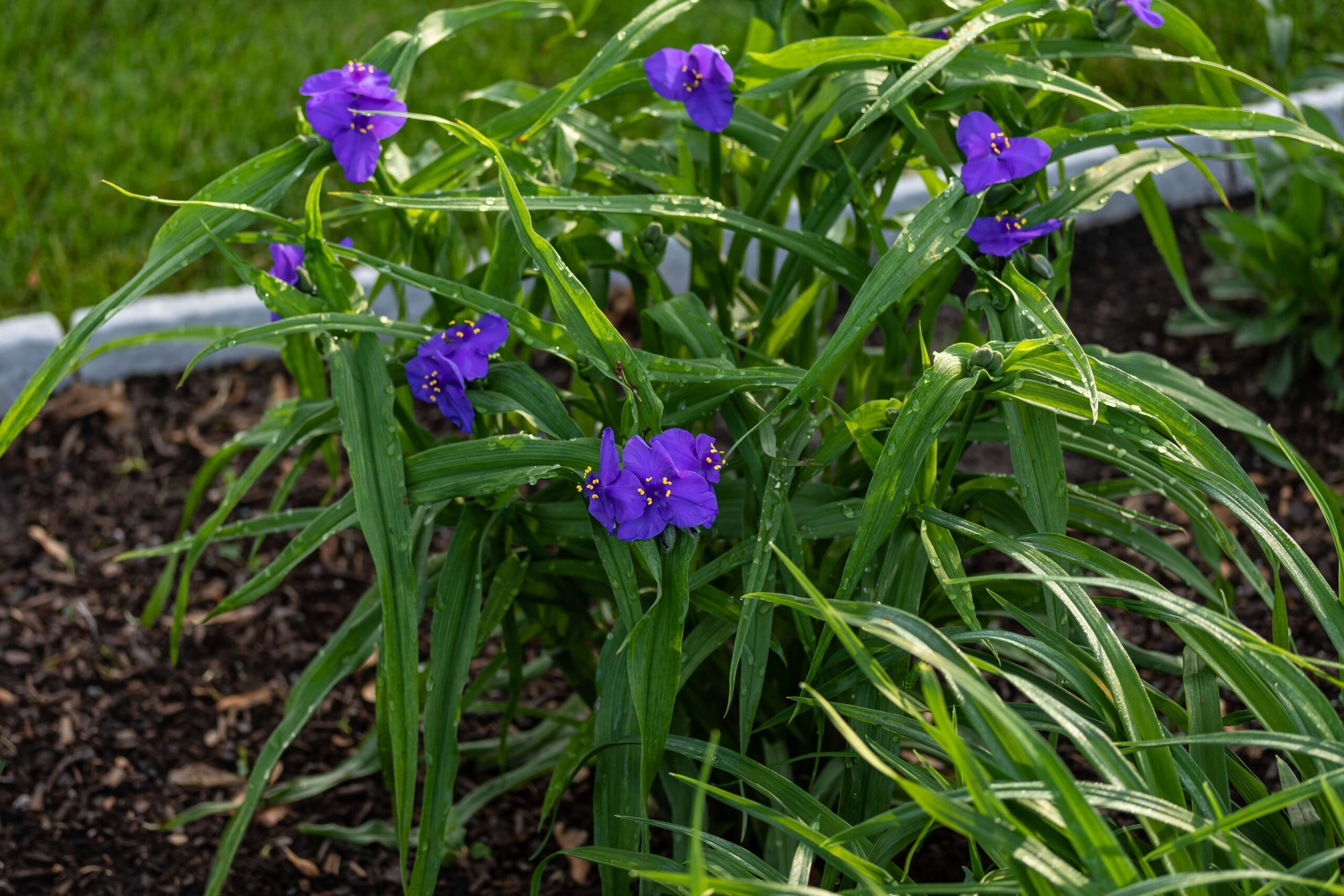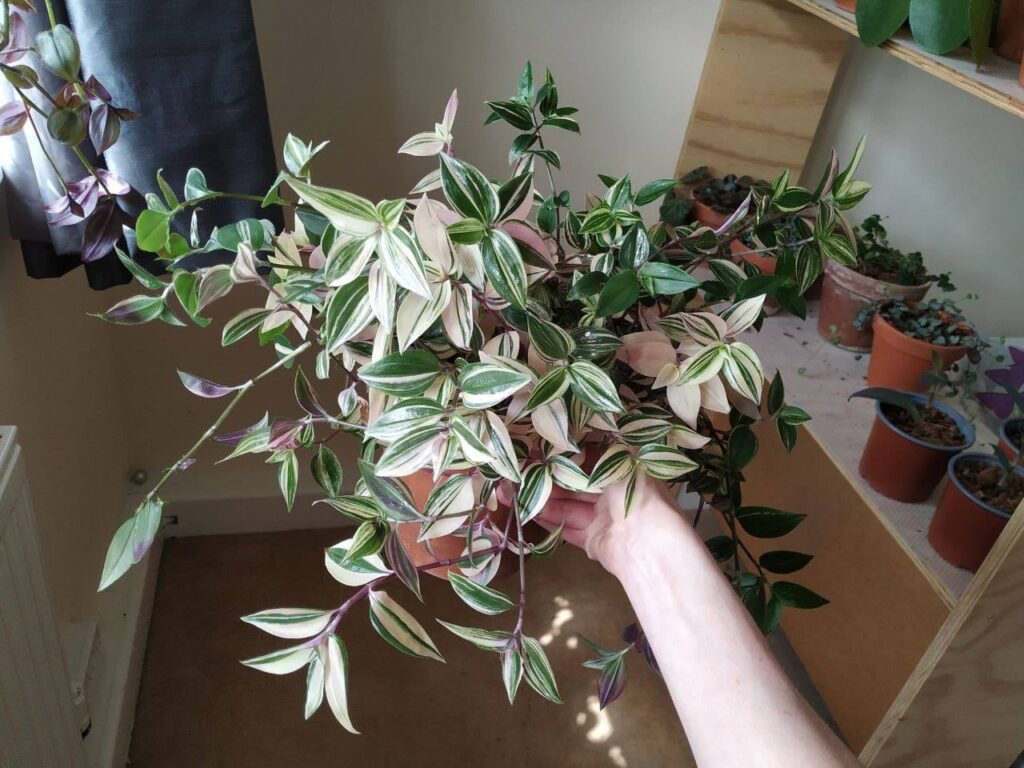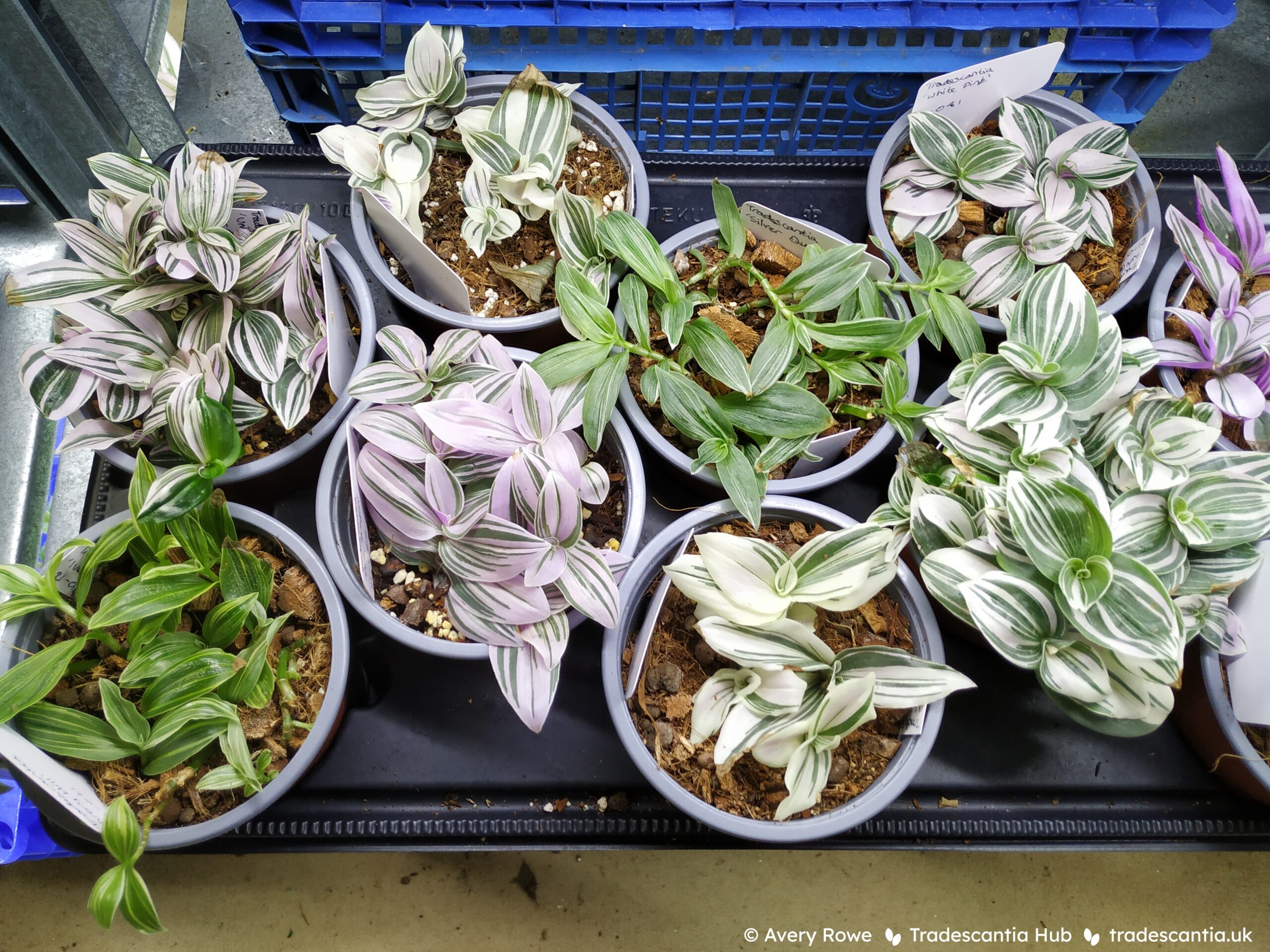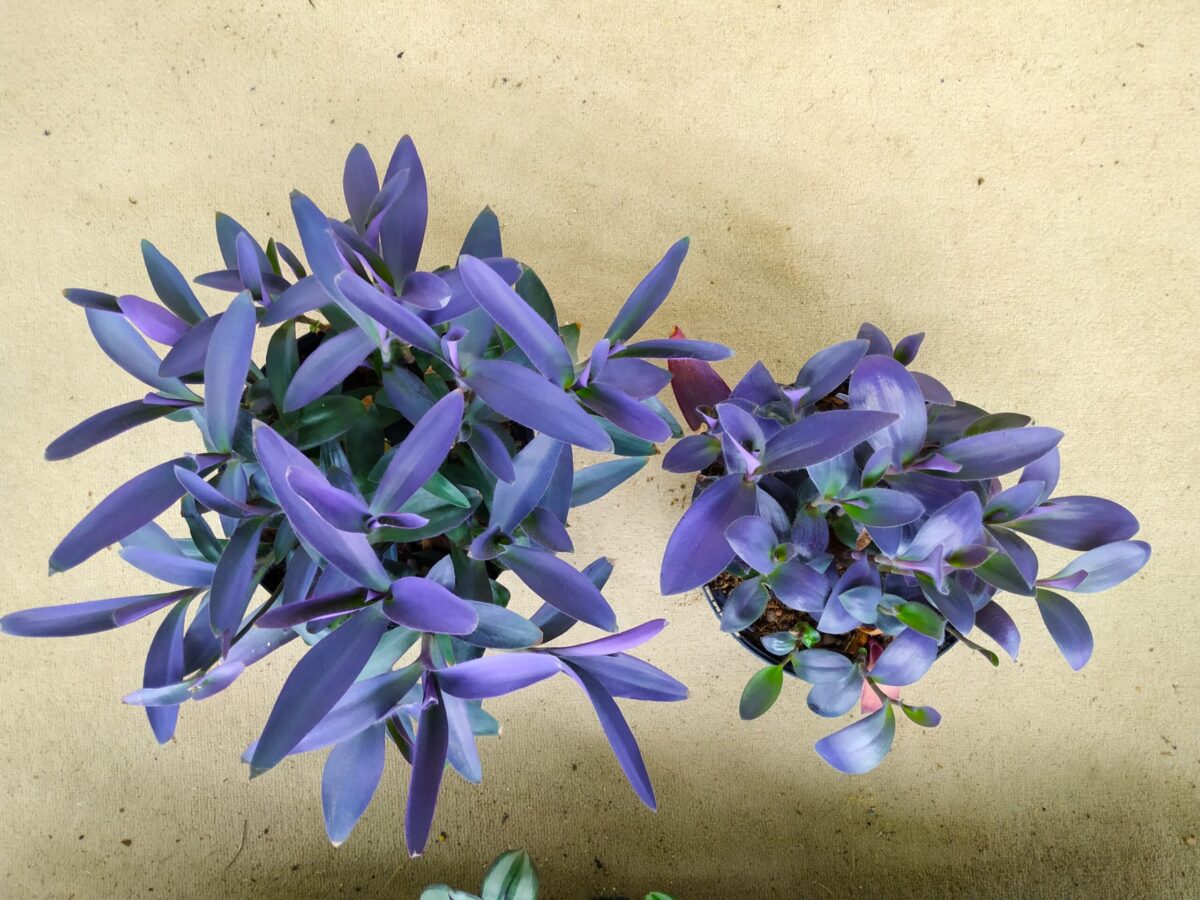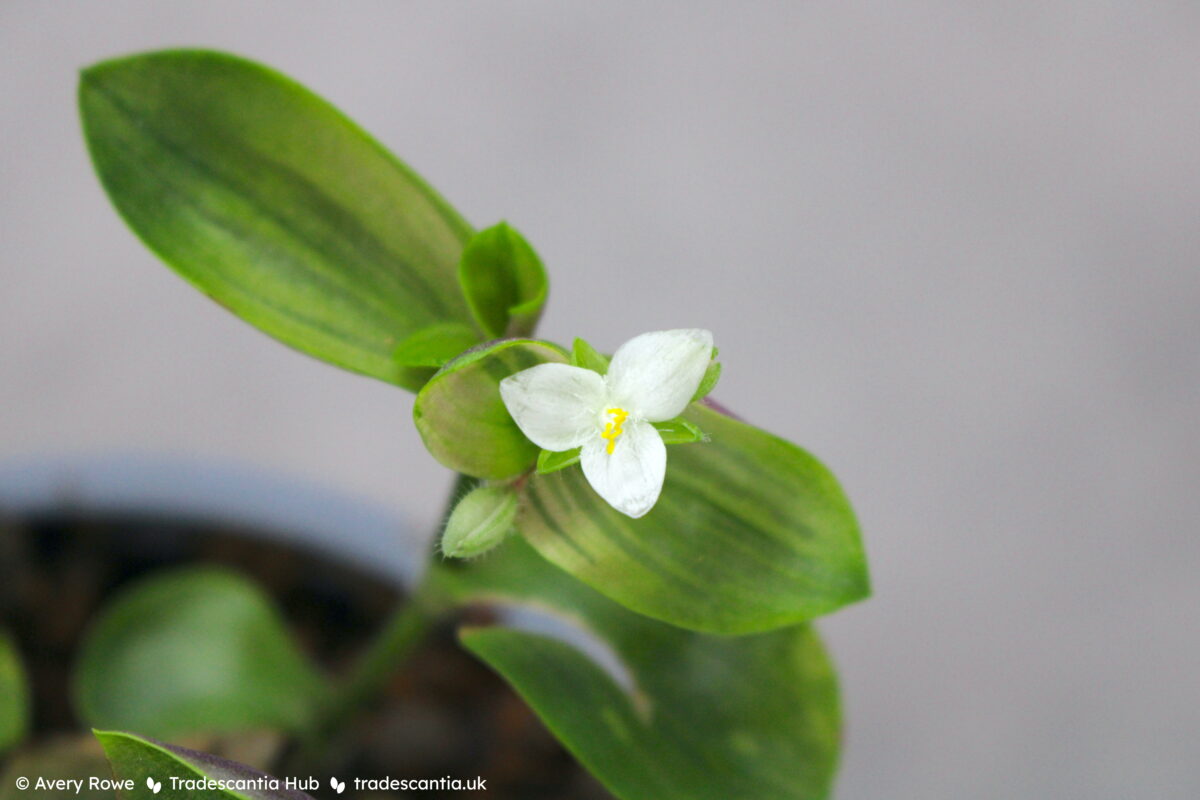Plant seller Horti recently added an AI “plant doctor” to their website. Within hours of testing, it was offering potentially fatal advice.
Articles
There are a a lot of Tradescantia cultivars which circulate with no valid name. A handful of those actually did have valid names once, and those names have been discarded over the years.
The hardy Tradescantia hybrids are popular garden plants, but they have a history of confused identity. Where did it all go wrong?
This plant has had a LOT of names. And it turns out not one of them is correct. Find out why all those names are wrong, and which is right!
It turns out the mysterious “grey” cultivar of T. pallida that appeared in the last few years, has actually existed since 2003, and its name is ‘Shadow Hill’!
Throughout history this name has been used in many different ways. There’s a lot of confusion and uncertainty over what plants it really refers to, or whether it should be used at all. This article will explain some of the history, the ways it’s currently used, and what’s scientifically accepted today.
In the world of cultivated tradescantias, there are some plants which people refer to as “wild type”. This is a pretty ambiguous term that doesn’t do much to help identify plants – the best approach in these cases is to use cultivar names instead.
You might have noticed some ‘Purple Heart’ plants look different to others. That’s because there are actually two different types!
Sometimes this plant is labelled as Tradescantia × andersoniana ‘Blushing Bride’, and sometimes it’s labelled as Tradescantia fluminensis ‘Maiden’s Blush’. But these names actually refer to two completely different cultivars!
This article is a plain english rewrite of the ninth edition of the International Code of Nomenclature for Cultivated Plants (ICNCP), which is the set of rules about how cultivated plants are named. Because it’s simplified, some information has been left out. This version is aimed at people who are naming new plants, or who […]



